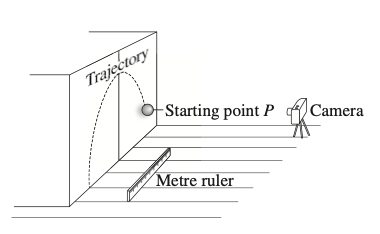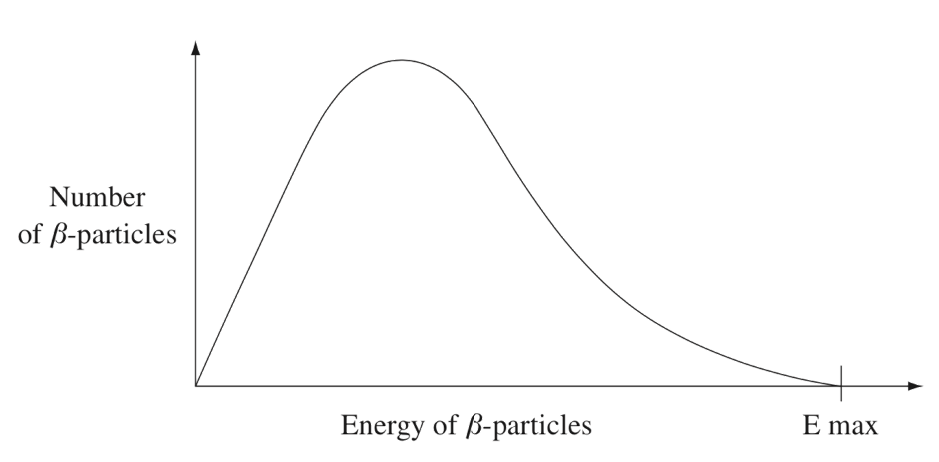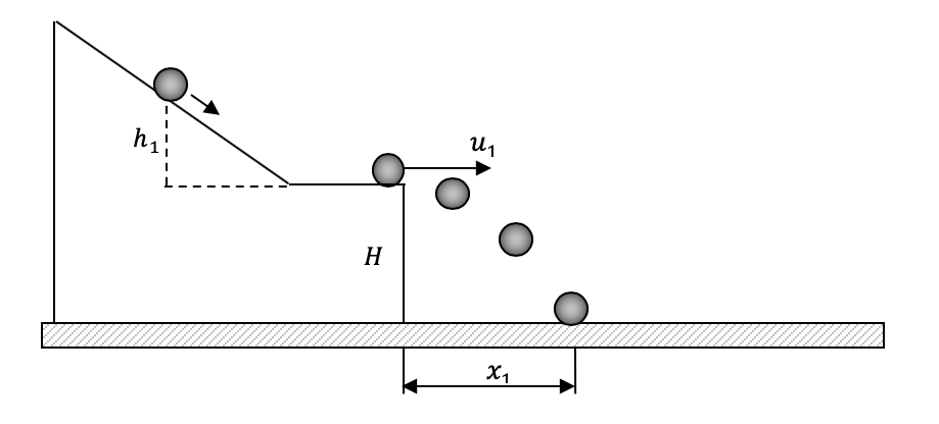Glossary of 'Key Physics Verbs' | HSC Physics Key Verbs Series
What is the glossary of key Physics verbs?
This ‘glossary of key physics verbs’ is a list of the definitions of commonly used verbs that appear frequently in the NESA syllabus, performance descriptions and examinations.
The purpose behind this glossary is to help students answer Physics exam questions effectively. Each verb includes sample questions to provide context of how it’s used in the Physics course.
Go to Physics verb:
A B C D E F G H I J K L M N O P Q R S T U V W X Y Z
Account for
State reasons for, report on.
Module 8 Question (2 Marks)
Account for the distribution of energies in a beta decay curve.
Analyse
Identify components and the relationship between them; draw out and relate implications.
Module 8 Question (6 Marks)
Using the standard model, analyse the roles of both forces and particles in the current understanding of the atom.
Apply
Use, utilise, employ in a particular situation.
Assess
Make a judgement of value, quality, outcomes, results or size.
Module 5 Question (5 Marks)
A student wishes to repeat some of Galileo’s experiments on projectile motion. He set up a ramp on a table of height H and rolled a ball down the ramp, such that it rolled horizontally off the table. When he released the ball from a height h1 up the ramp, the ball landed a distance x1 from the edge of the table.
In Galileo’s experiments, he released the ball from different heights on the ramp. The student was not familiar with the result and predicted that:
Releasing the ball from higher up the ramp will make it land on the floor further away from the table. Hence, it will take more time to reach the floor once it leaves the table.”
Assess the accuracy of this prediction.
Related: ‘How to answer assess Physics questions’.
Calculate
Ascertain/determine from given facts, figures or information.
Module 5 Question (2 Marks)
A 10 kg micro-satellite is launched into a circular low earth orbit. The orbital period of the satellite was 96 minutes. Calculate the orbital speed of the satellite at the circular low earth orbit.
Clarify
Make clear or plain.
Compare
Show how things are similar or different.
Module 6 Question (5 Marks)
Compare the operations of a brushed DC electric motor and an AC induction motor.
Related: How to answer compare Physics questions’.
Contrast
Show how things are different or opposite.
Module 6 Question (6 Marks)
Contrast the design of transformers and magnetic braking systems in terms of the effects that eddy currents have in these devices.
Deduce
Draw conclusions from.
Define
State meaning and identify essential qualities.
Module 2 Question (2 Marks)
Define Newton’s Second Law of Motion.
Demonstrate
Show by example.
Module 8 Question (3 marks)
Demonstrate how Chadwick used a law of physics to discover the neutron with the aid of a diagram.
Describe
Provide characteristics and features.
Module 7 Question (3 Marks)
Describe a thought experiment that relates to the prediction of time dilation.
Discuss
Identify issues and provide points for and/or against.
Module 7 Question (5 Marks)
Discuss the implications of mass increase, time dilation, and length contraction for space travel in the future.
Distinguish
Recognise or note/indicate as being distinct or different from; to note differences between.
Evaluate
Make a judgement based on criteria; determine the value of.
Examine
Inquire into.
Module 6 Question (2 Marks)
Examine the need for step-down transformers in the power distribution network.
Explain
Relate cause and effect; make the relationship between things evident provide why and/or how.
Module 6 Question (3 Marks)
Explain why an electron follows a circular path when it moves perpendicular to a uniform magnetic field.
Related: ‘How to answer explain Physics questions’.
Identify
Recognise and name.
Module 5 Question (2 Marks)
The diagram shows a camera and a ruler set up to obtain data about a projectile’s motion along the trajectory shown. The entire trajectory is visible through the camera.

Identify one of the errors in this set-up.
Interpret
Draw meaning from.
Investigate
Plan, inquire into and draw conclusions about.
Module 5 Question (2 Marks)
Investigate the importance of Galileo’s experiments in our understanding of projectile motion.
Justify
Support an argument or conclusion.
Module 8 Question (4 Marks)
One of the most important questions in all of physics is Einstein’s E = mc2. Justify this statement.
Outline
Sketch in general terms; indicate the main features of.
Module 8 Question (4 marks)
Outline De Broglie’s contribution to quantum mechanics. Support your answer with a relevant equation.
Predict
Suggest what may happen based on available information.
Recommend
Provide reasons in favour.
Module 6 Questions (2 Marks)
Recommend TWO ways in which torque can be improved in a DC motor.
Summarise
Express, concisely, the relevant details.
Struggling with answering extended-response questions in Physics exams?
Get free access to syllabus specific content written by expert HSC teachers. Join 10000+ students who are getting ahead with Learnable. Try for free now.
Learnable Education and www.learnable.education, 2019. Unauthorised use and/or duplications of this material without express and written permission from this site's author and/or owner is strictly prohibited. Excerpts and links may be used, provided that full and clear credit is given to Learnable Education and www.learnable.education with appropriate and specific direction to the original content.

